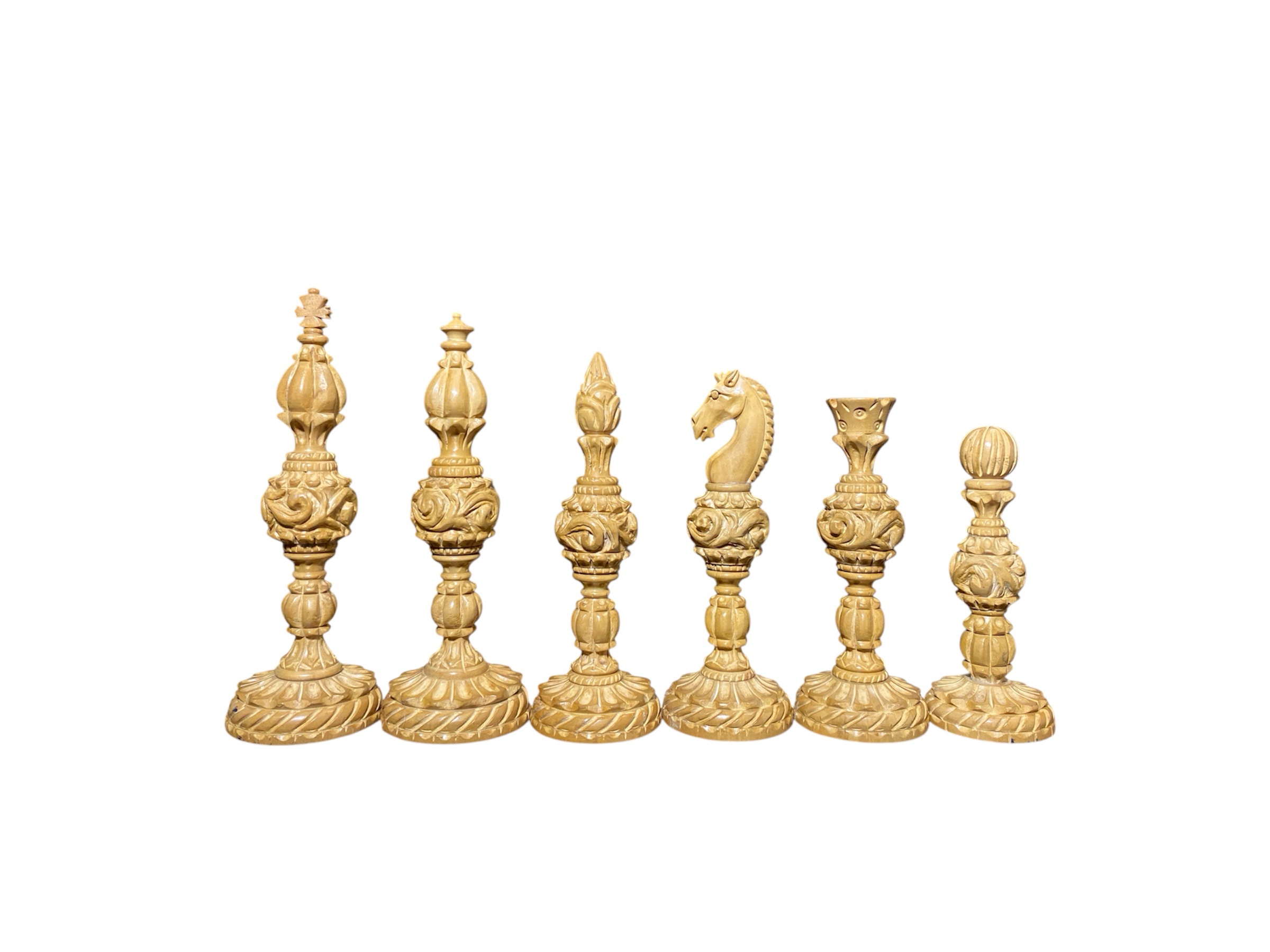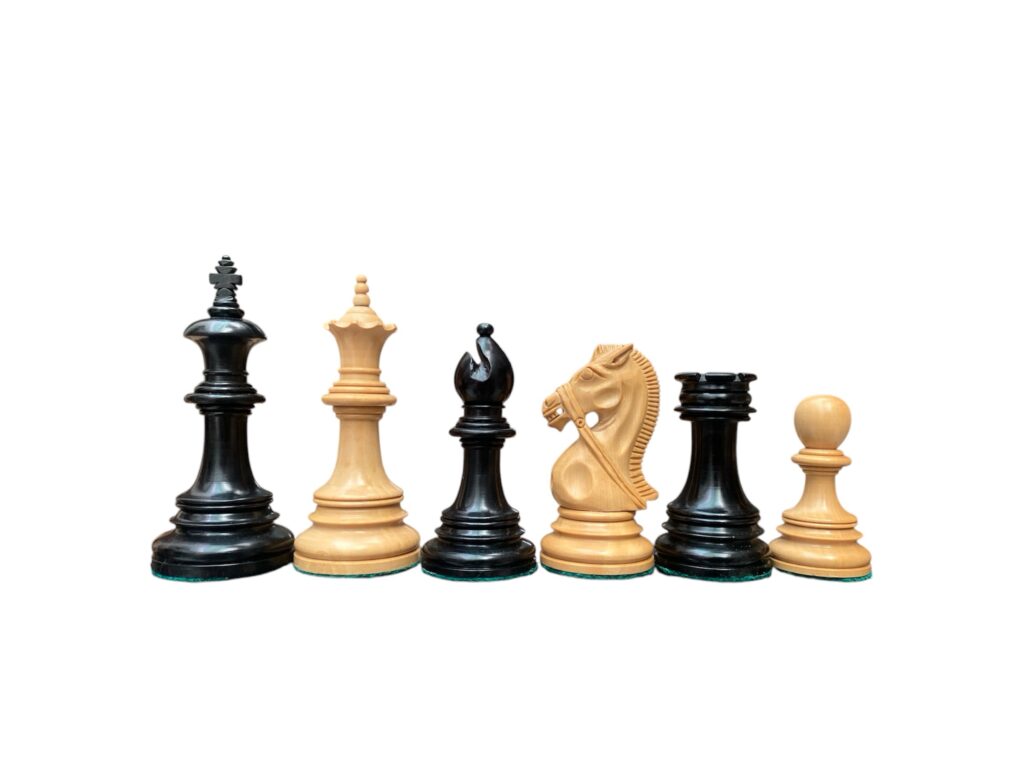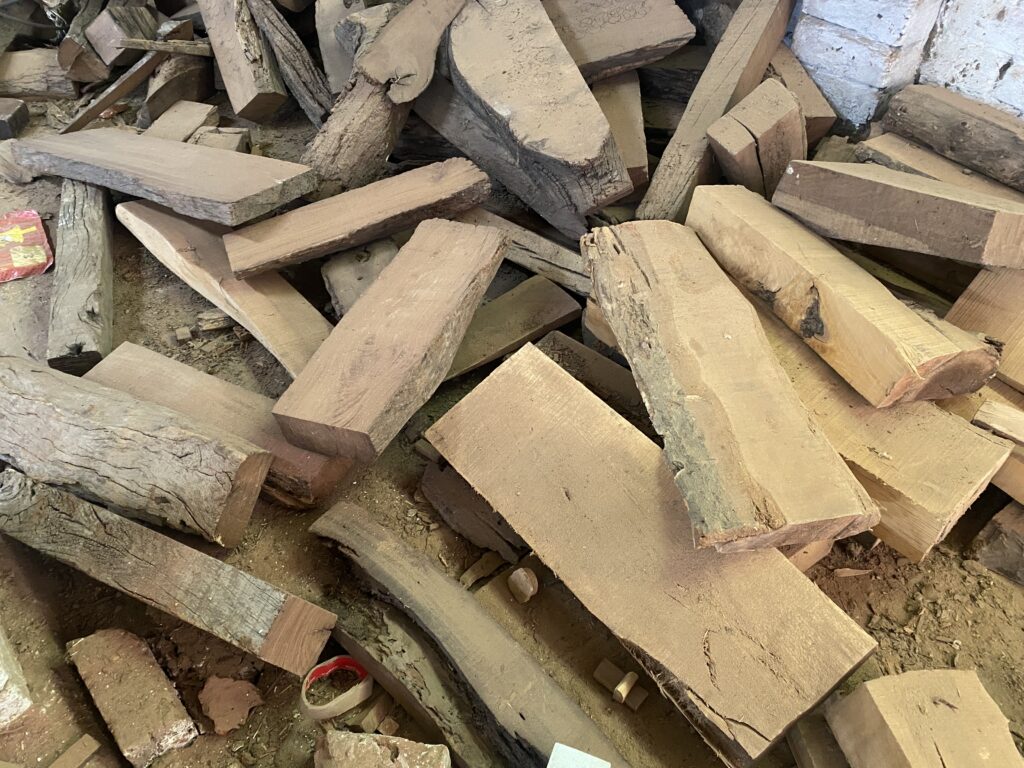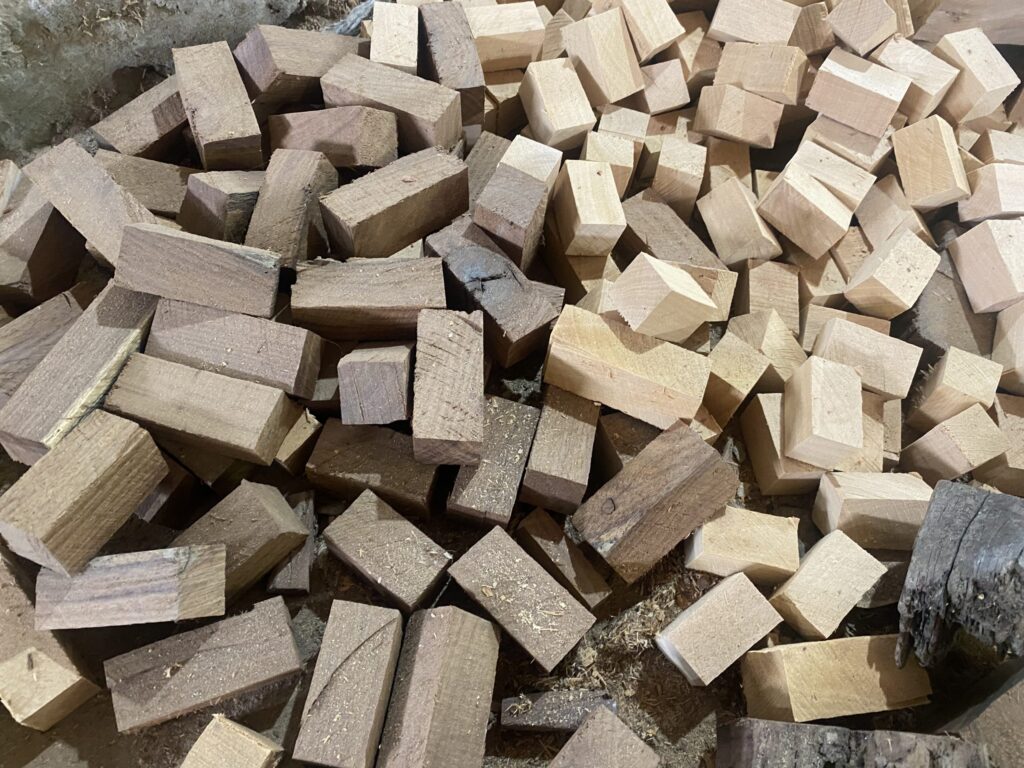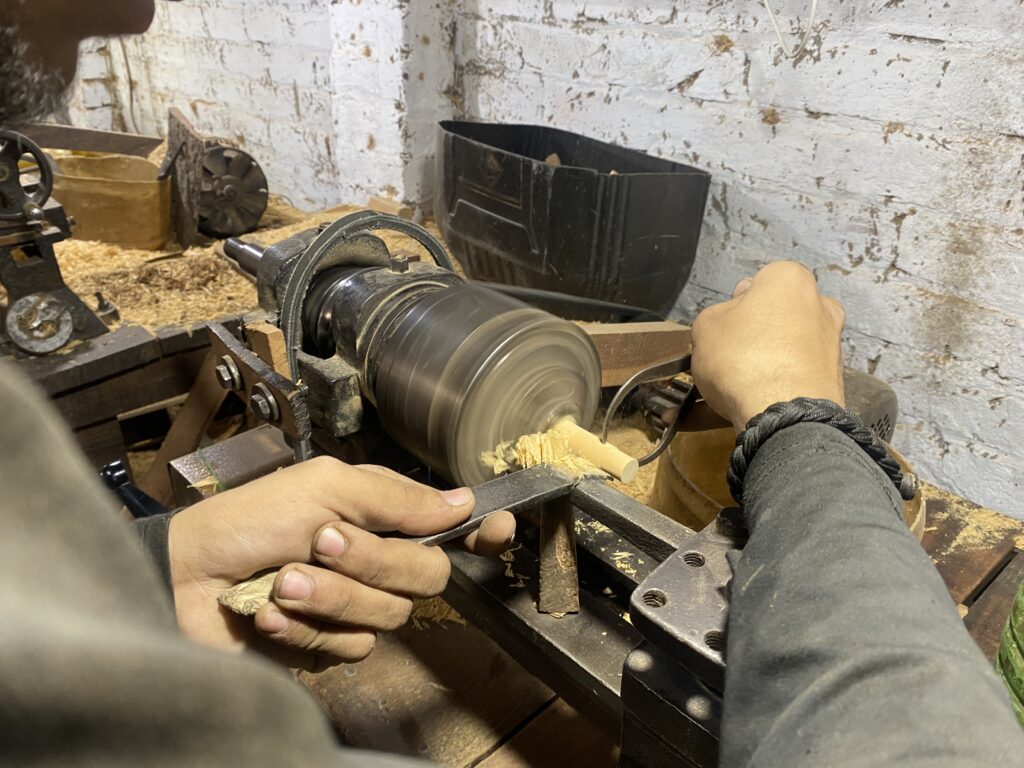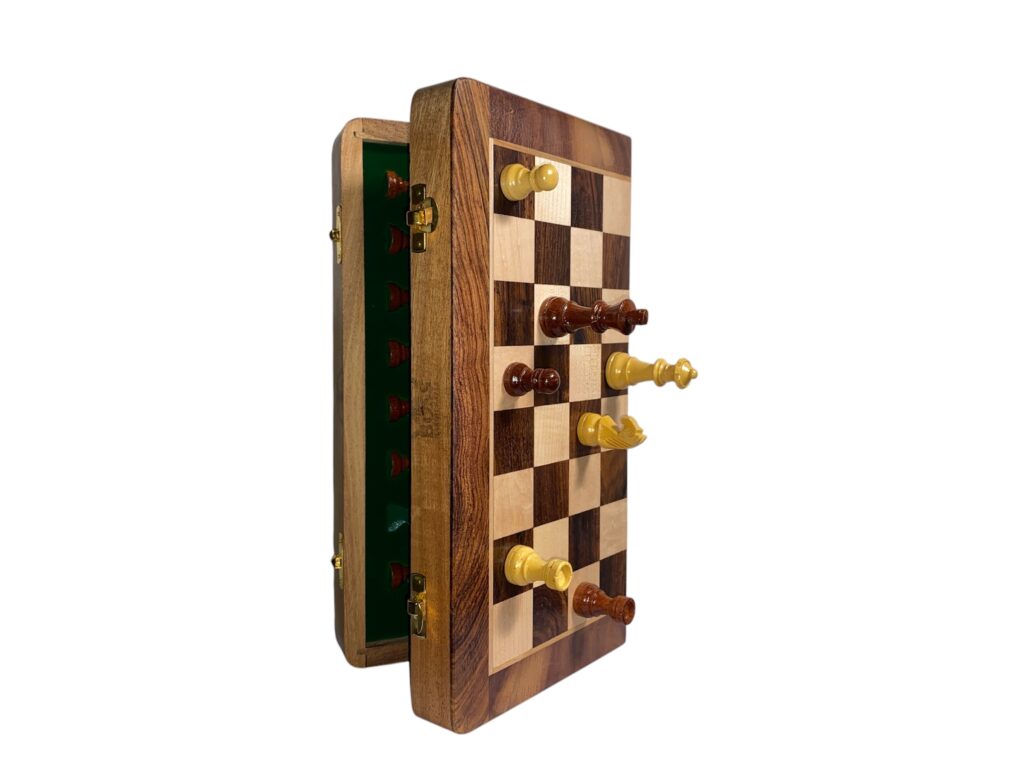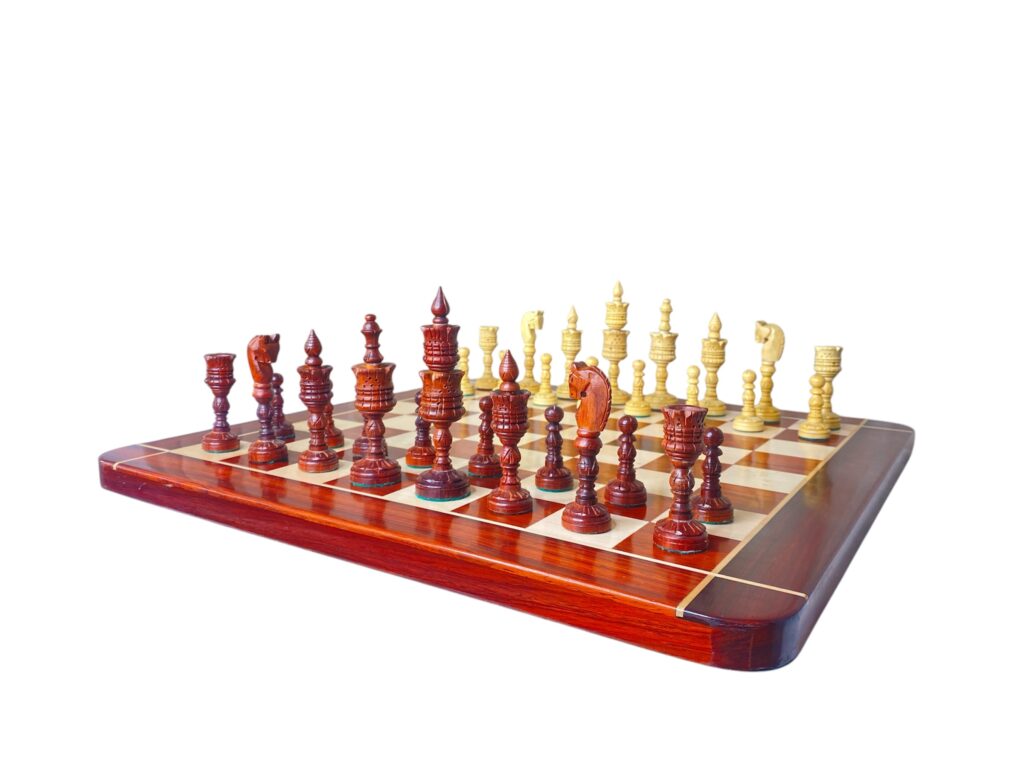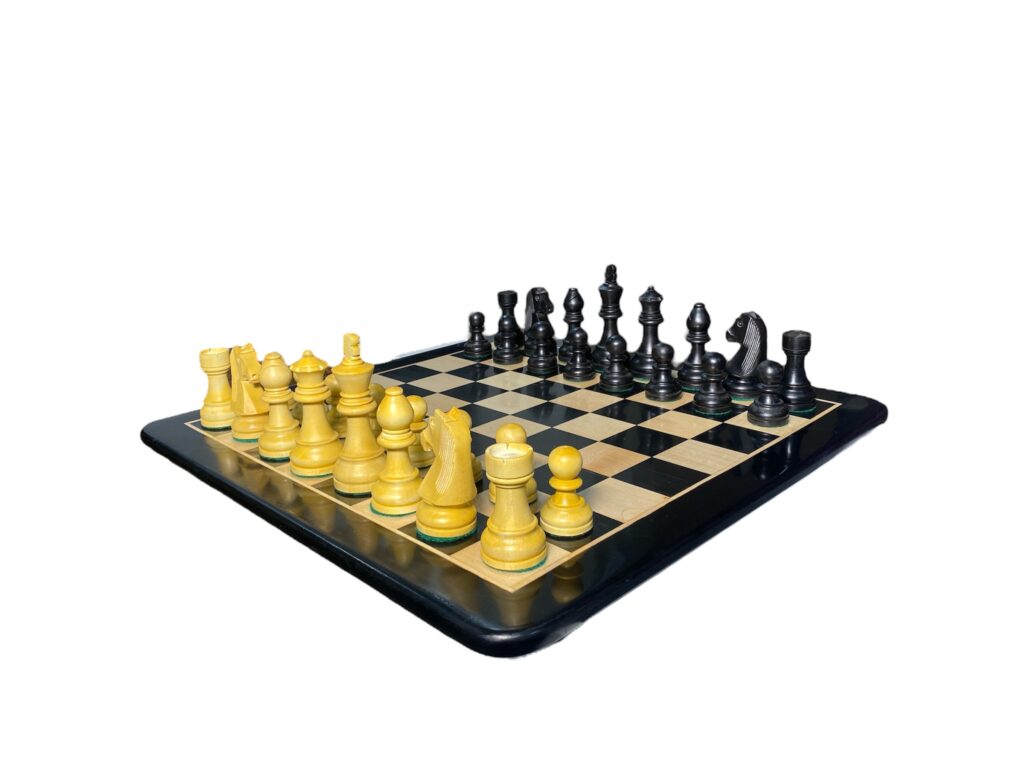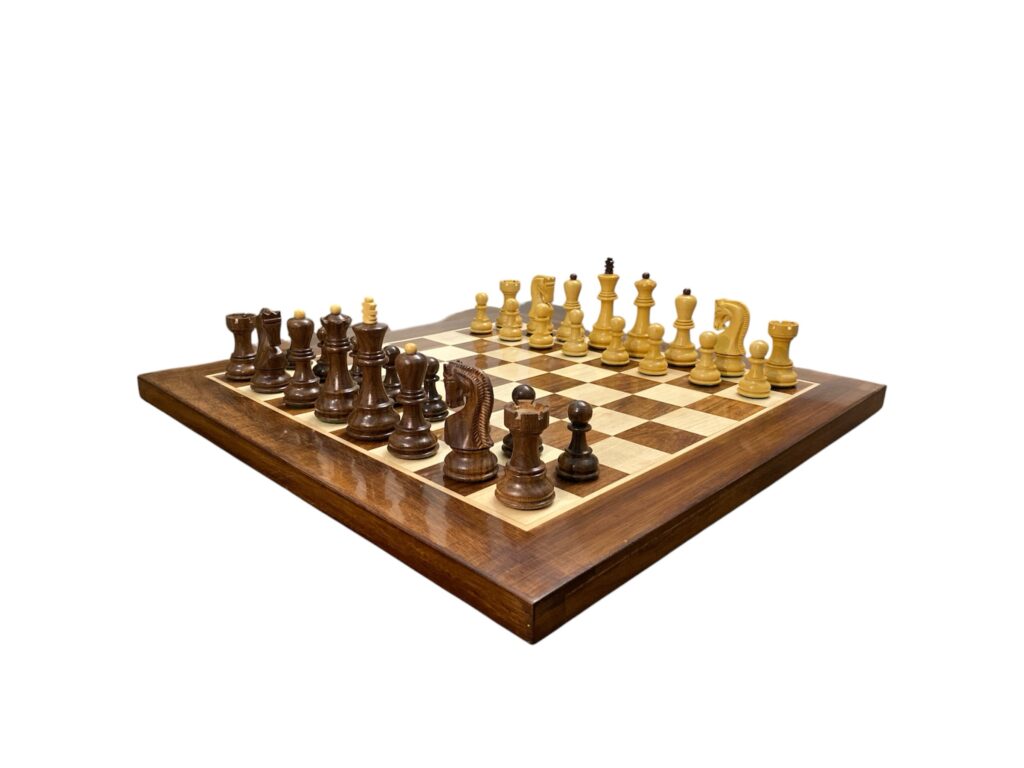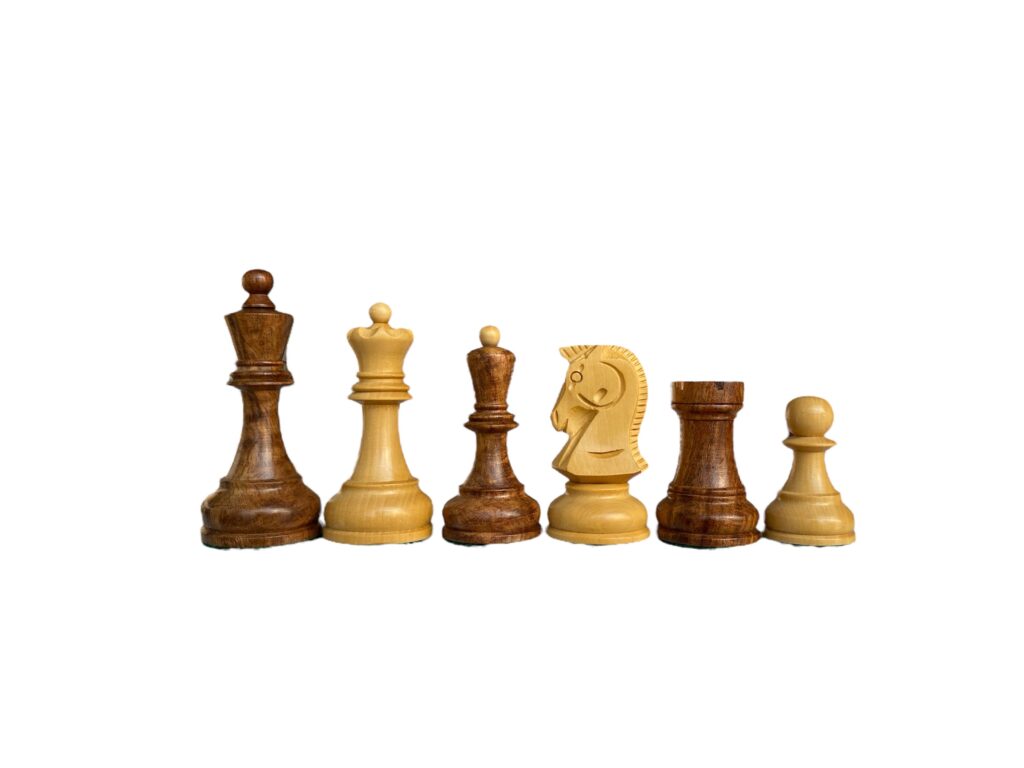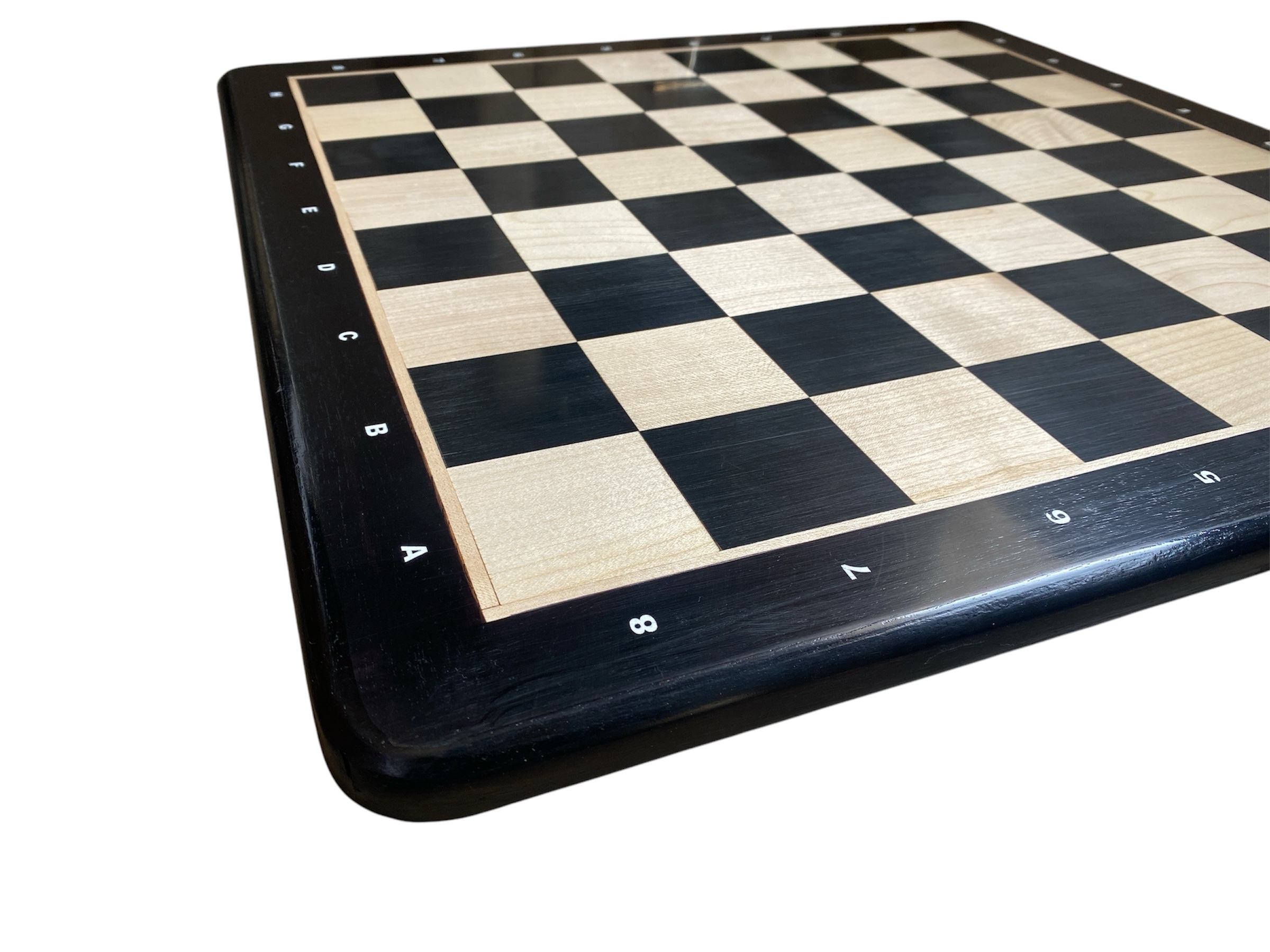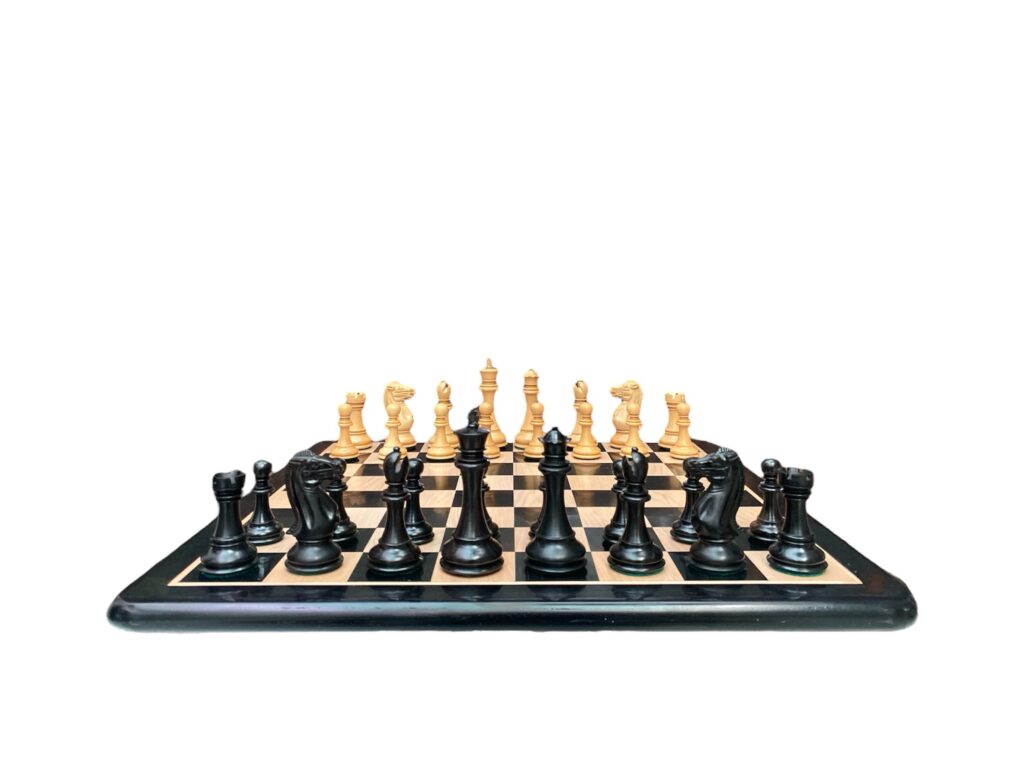The Ultimate Guide to Caring for Your Wooden Chess Set

Introduction to Wooden Chess Sets
Wooden chess sets have long been celebrated for their aesthetic appeal, durability, and the cultural significance they carry. The art of crafting wooden chess sets combines both functionality and beauty, resulting in pieces that are not only used for gameplay but also appreciated as artistic creations. Handmade wooden chess sets, in particular, exemplify craftsmanship, as each piece often reflects the artisan’s skill and dedication. These sets are commonly crafted from various hardwoods, such as walnut, maple, and mahogany, providing a distinctive character and texture that plastic or factory-produced sets cannot replicate.
The luxury associated with owning a classic wooden chess board elevates the game itself, embedding it within the traditions of history and status. Enthusiasts often seek out unique items that showcase exceptional artistry or signature designs, making them valuable collectibles as well as functional sets. Luxury wooden chess boards frequently incorporate intricate carvings, inlays, or bespoke designs, catering to discerning players who appreciate the finer details. Each set becomes not just a platform for strategy but also a statement piece for enthusiasts and collectors alike.
The market offers a wide variety of wooden chess sets, from affordable mass-produced options to exquisite custom-made versions. For those looking to invest in a wooden chess set, it is crucial to understand the differences in quality, design, and materials available. Whether choosing a simple handcrafted set or an elaborate luxury variant, players can find wooden sets that meet their specific aesthetic and gameplay needs. This guide will explore the various aspects of caring for these precious items, ensuring they remain cherished possessions for years to come.

Understanding Different Types of Wood
When it comes to chess sets, the type of wood used can significantly influence both the aesthetics and functionality of the game. Among the most popular woods utilized in crafting wooden chess sets are Golden rosewood, maple, and sheesham. Each type exhibits unique characteristics that not only contribute to the overall appearance but also dictate the care required to maintain them over time.
Walnut wood is revered for its rich color and natural grain patterns, which enhance the visual appeal of any chess set. Known for its durability and resistance to warping, walnut requires regular maintenance such as polishing with appropriate wood cleaners to retain its luster. This wood’s ability to withstand wear and tear makes it an ideal choice for avid players.
Maple, on the other hand, is recognized for its light hue and fine grain. Often used for the lighter pieces in chess sets, maple is also a sturdy wood that resists chipping. Care for maple chess sets typically involves dusting with a soft cloth and occasional conditioning to prevent the wood from drying out. Its light color does demand a bit more vigilance regarding exposure to spills or stains, as these can be more noticeable than on darker woods.
Sheesham wood, commonly referred to as Indian Rosewood, is another popular option for wooden chess sets. This hardwood is prized for its deep, rich tones and striking grain patterns. Sheesham is inherently durable, making it a long-lasting choice for chess enthusiasts. However, it does require specific care, such as avoiding prolonged exposure to moisture to prevent damage to the wood structure. Regular polishing keeps the surface looking pristine and protects it against everyday wear.
In understanding these types of wood and their respective qualities, players can make informed choices and engage in appropriate care routines for their wooden chess sets, thereby preserving their beauty and functionality for years to come.

General Care Tips for Wooden Chess Sets
Maintaining the appearance and functionality of wooden chess sets requires careful attention and regular care. Proper cleaning is essential, and it is advisable to use a soft cloth, preferably microfiber, to gently wipe surfaces. This avoids scratching the finish and removes dust that can accumulate over time. For a deeper clean, a slightly damp cloth can be used, but it is important to ensure that the wood does not become overly wet, as excess moisture can lead to warping.
Moisture levels in the environment where the chess set is stored greatly impact its longevity. Ideally, wooden chess sets should be kept in a stable environment with a relative humidity of around 40-60%. Excessively dry conditions can cause wood to crack or split, while high humidity may result in swelling or mold growth. To combat issues of moisture, consider using a hygrometer to monitor humidity levels and a dehumidifier or humidifier to adjust as necessary.
Another crucial aspect of care involves protecting the set from direct sunlight and extreme temperatures. Prolonged exposure to sunlight can cause fading, discoloration, and even damage to the finish of the wooden chess pieces. It is advisable to store the chess set in a shaded area or in a dedicated storage box that protects it from harmful UV rays. Similarly, avoid placing the chess set near heat sources such as radiators, fireplaces, or air conditioning vents, as these conditions can create fluctuations in temperature that negatively affect the wood.
By implementing these general care tips, owners can ensure that their wooden chess sets remain in excellent condition. With attention to cleaning techniques, moisture control, and protection from environmental factors, enthusiasts can enjoy their elegant chess sets for many years to come.
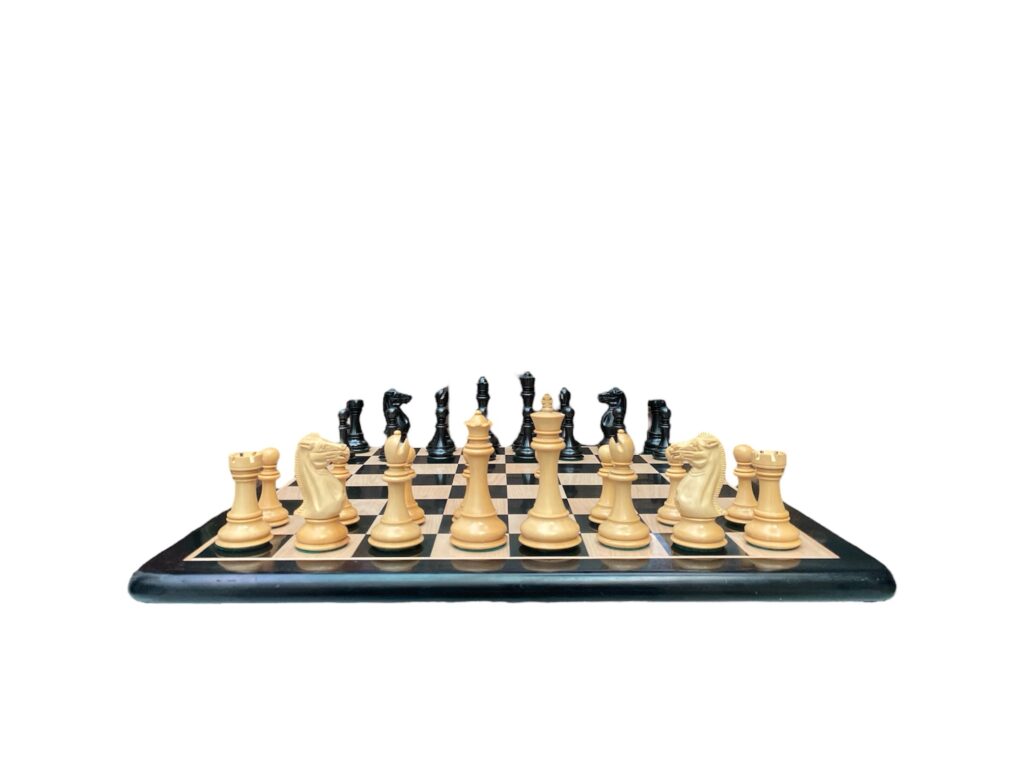
Specific Care for Premium Hardwood Chess Sets
Premium hardwood chess sets are not only functional pieces of art; they also require specific care to maintain their beauty and extend their lifespan. The selection of materials used in creating these chess sets, such as ebony, rosewood, or maple, highlights their premium status. These woods are naturally durable but can still benefit from specialized maintenance practices.
One of the key components of caring for hardwood chess sets is the use of wood conditioners. These conditioners penetrate the surface of the wood, providing essential moisture and nourishment to prevent drying and cracking. Regular application of a high-quality wood conditioner helps to maintain the finish and luster of the pieces. For optimum results, formulate a routine that applies a conditioner every few months, depending on the humidity and temperature conditions of your storage environment.
In addition to wood conditioners, it is important to utilize suitable cleaning solutions for your chess pieces. A mild soap solution or a specialized wood cleaner is recommended for cleaning without damaging the finish. Avoid harsh chemicals or abrasive materials, as these can strip the finish and damage the wood. When cleaning, use a soft, lint-free cloth, gently wiping each piece to remove dust and grime while reinforcing the protective surface layer.
Another vital aspect of caring for premium hardwood chess sets is proper storage. Keeping the chess set in a climate-controlled environment helps prevent warping and deterioration caused by fluctuating humidity levels. Investing in a dedicated chess box that offers cushioning and protection can also enhance the longevity of your chess pieces. By following these specialized care precautions, you can ensure your premium hardwood chess set remains as beautiful and functional as the day you acquired it.
Caring for Decorative Wooden Chess Pieces
Wooden chess pieces, particularly decorative ones, serve as both a game and an artistic expression. Due to their often intricate designs and finishes, it is essential to adopt a careful approach to their maintenance. To effectively care for decorative wooden chess pieces, an understanding of their materials and construction is necessary. Regular upkeep ensures that they retain their aesthetic appeal while preventing any long-term damage.
Dusting is a fundamental aspect of preserving the beauty of wooden chess pieces. A soft microfiber cloth or a feather duster is recommended for this task. These materials gently remove dust without scratching the surface, allowing you to keep the pieces looking pristine. It is advisable to dust the pieces at least once a week if displayed in a high-traffic area or a room prone to dust accumulation. For more thorough cleaning, slightly dampening the cloth can help in lifting stubborn dust or grime, but caution is essential; excess moisture can harm the wood.
In addition to routine dusting, periodic inspection for any signs of wear or damage is crucial. Look for cracks, chips, or fading of the finish. If any damage is noted, consult a professional restoration expert; attempting to fix these issues without the proper knowledge or tools could lead to further damage. Furthermore, storing wooden chess pieces in a climate-controlled environment is paramount. Excessive heat or humidity can warp or crack the wood, so consider using a display case that protects them while enabling visibility.
Lastly, avoiding exposure to direct sunlight is vital, as UV rays can dull the colors and degrade finishes over time. Following these care instructions ensures your decorative wooden chess pieces remain a stunning centerpiece for years to come, reflecting both artistry and craftsmanship.
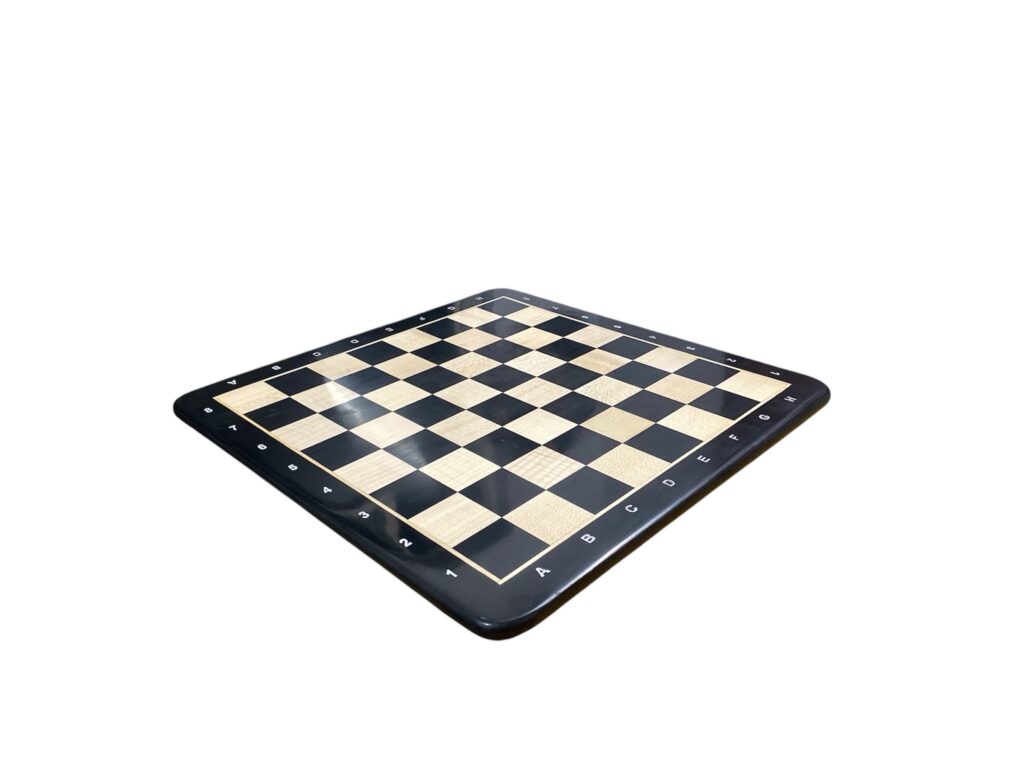
Maintaining the Board: Cleaning and Finishing Touches
Caring for your wooden chess board is vital to ensure its longevity and aesthetic appeal. Regular maintenance not only preserves the quality of the wood but also enhances the overall look of the chess set. One of the primary steps in maintaining a wooden chess board involves cleaning the surface correctly. It is advisable to use a soft, lint-free cloth for dusting. This prevents scratches that can occur with rough materials and helps to avoid the accumulation of dust and oils that can dull the finish over time.
For deeper cleaning, a slightly damp cloth with a mild soap solution can effectively remove stubborn stains or marks. However, it is crucial to ensure that the cloth is not overly wet, as excessive water can damage the wood by causing it to warp or crack. After cleaning with soap, always follow up with a dry cloth to eliminate any moisture residue. It is recommended to limit the use of heavy-duty cleaners, as they may contain chemicals that can strip the natural oils from the wood.
Once the board is clean, applying a suitable finish or wax is an important step in maintenance. This can help to protect the wood’s surface from moisture and other damaging elements. Paraffin wax or a specialized wood polish can be applied using a clean cloth, spreading it evenly across the board to create a protective layer. It is advisable to buff the surface gently, which enhances the shine and provides a barrier against daily wear and tear. Regular application of finish or wax, ideally every few months, will help maintain the board’s appearance and durability.
Through proper cleaning and finishing, you can significantly prolong the life of your wooden chess board while maintaining its beauty. This routine not only prevents deterioration but also keeps your chess set looking its best, ensuring enjoyable gameplay for years to come.

Storage Solutions for Wooden Chess Sets
Proper storage solutions are vital for maintaining the integrity and aesthetic appeal of your wooden chess set. Given that wooden chess sets are not only functional but also often considered decorative pieces, protecting them from damage when not in use is essential. Several effective options exist for storing these elegant items.
One popular option is a wooden storage box specifically designed for chess sets. These boxes often feature linings that help protect the pieces from scratches and dust accumulation. A well-constructed wooden box can also add an element of sophistication to your storage solution, ensuring that your chess set is as admired on the shelf as it is on the board. Look for boxes that have designated slots for each chess piece to minimize movement and potential damage during storage.
For those with limited space, foldable designs provide a great alternative. These chess sets can easily be packed away when not in use, making them ideal for people who may want to transport their game. Many foldable chess sets come with built-in compartments that can securely hold all pieces, thus reducing the risk of loss. This option is particularly suited for enthusiasts who enjoy playing in different locations.
Moreover, consider specialized storage solutions for your chess pieces. Pouches made of soft fabric or protective storage bags can also help safeguard against scratches while allowing for easy transport. Organizers specifically crafted for collecting chess pieces can prevent wear and tear, especially on delicate wooden surfaces. By incorporating these storage solutions, you can ensure your wooden chess set remains in excellent condition for years to come.
Common Mistakes to Avoid When Caring for Wooden Chess Sets
Caring for a wooden chess set requires attention to detail and an understanding of the materials involved. Despite good intentions, many enthusiasts inadvertently make mistakes that compromise the integrity of their pieces. One prevalent error is the use of inappropriate cleaning materials. Household cleaners, particularly those containing harsh chemicals, can damage the surface of the wood, leading to discoloration and deterioration of the finish. It is advisable to use a soft cloth and a gentle wood cleaner specifically designed for maintaining wooden products.
Another common mistake is neglecting proper storage. Wooden chess sets should always be stored in a protective case or a dedicated chess box to prevent exposure to dust and moisture, which can warp the pieces over time. Leaving the chess set unprotected on a shelf or in direct sunlight can also lead to fading and cracking. In contrast, a controlled environment can help maintain the quality of both the board and the pieces, thus prolonging their lifespan.
Regular maintenance is crucial yet often overlooked. Players may think that because the chess set is not in active use, it does not require attention. However, routine checks for loose pieces or any signs of wear can help in addressing minor issues before they escalate. Occasionally polishing the pieces with a chosen wood conditioner can enhance their sheen and serve to protect the surface. Missing these incremental steps tends to accumulate into significant wear that diminishes the set’s aesthetic and functional appeal.
Lastly, failing to follow specific guidelines based on the type of wood used can pose a risk. Different woods have varied sensitivities to temperature and humidity. Knowing whether your chess set is made from mahogany, walnut, or cherry can inform the best care practices. By being mindful of these common missteps, enthusiasts can ensure their wooden chess sets remain in pristine condition for generations.
Where to Buy Wooden Chess Sets: Options for Every Budget
When considering a purchase of a wooden chess set, various options are available to cater to different budgets and preferences. E-commerce platforms have become increasingly popular for sourcing quality chess sets, offering a wide range of styles and prices. Website such as Bosshandicrafts.com host numerous vendors providing both affordable and luxury wooden chess sets. These platforms typically feature user reviews and ratings that can help guide your decision.
For those who value craftsmanship and unique designs, local artisans and specialty shops present an ideal alternative. Visiting a local woodworking shop or artisan market can yield beautifully crafted chess boards that reflect local culture and craftsmanship. These sets often come with a higher price tag, but the investment supports local businesses and ensures a personalized purchase experience. Many artisans also accept custom orders, allowing buyers to have a chess set designed specifically according to their preferences.
Quality is paramount when selecting a wooden chess set. Ideally, the pieces should be made from solid hardwoods such as walnut or maple, which provide durability and an appealing aesthetic. Pay attention to the weight and balance of the chess pieces; a well-crafted set will have pieces that are neither too light nor flimsy. Moreover, the detail in the craftsmanship, including smooth finishes and finely carved designs, contributes to both the visual appeal and playability. It is advisable to check for warranties or guarantees as well, as reputable sellers often stand behind their products.


